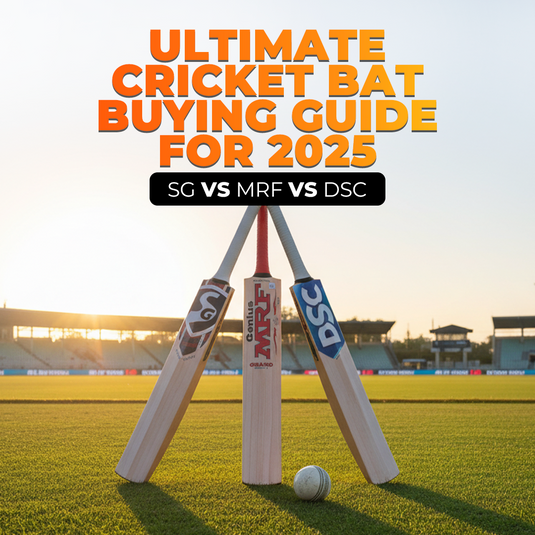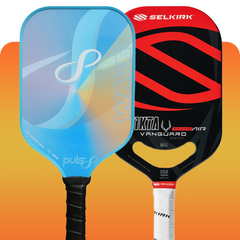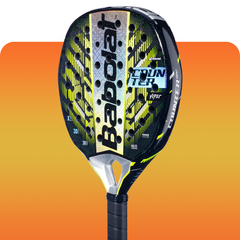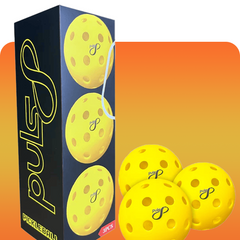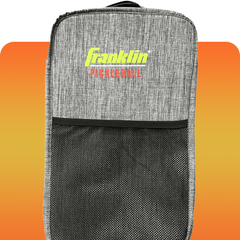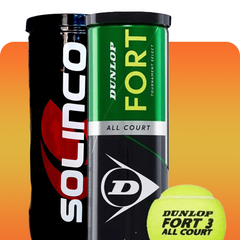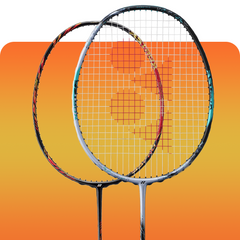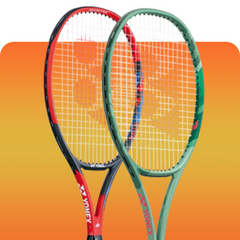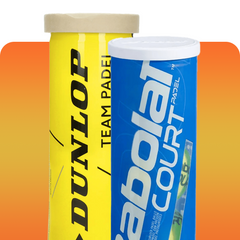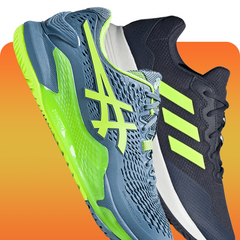Pickleball has quickly become one of the most popular racquet sports around the world, and India is no exception. If you're just getting started with pickleball, or if you're looking to improve your game, understanding the different types of pickleball balls is crucial.
The ball plays an essential role in how the game is played and can make a big difference in your performance. This guide will give you everything you need to know about pickleball balls, from the basics to more detailed tips on choosing the best ones for your needs.
Introduction
Pickleball is a fun, fast-paced sport that combines elements of tennis, badminton, and ping-pong. It's played with a paddle and a ball on a court similar to a badminton court. The sport has been growing in popularity, especially in the US, and now it's making its mark in India.
Whether you're a beginner or an experienced player, understanding the right pickleball ball for your game is essential. In this blog, we will break down the different types of pickleball balls, their specifications, materials, and how to care for them.
What Are Pickleball Balls?
Pickleball balls are designed specifically for the sport of pickleball. They are different from balls used in other racquet sports like tennis or ping-pong due to their unique design and performance characteristics.
Purpose: Pickleballs are lightweight and designed for controlled bouncing and predictable flight. They are typically made of plastic and have holes that make them slower in flight than a tennis ball but fast enough to keep the game exciting.
Difference from Other Sports Balls: Compared to tennis balls, pickleballs are smaller and lighter. They also have a distinct design, with holes all over the surface to create a slower bounce and reduce the speed of the ball, making it ideal for the smaller courts in pickleball. Unlike ping-pong balls, which are hollow and made of celluloid or plastic, pickleball balls are solid and made of durable plastic.
Types of Pickleball Balls
Pickleballs come in two main types: indoor and outdoor. Each type is designed to perform optimally in specific conditions.
Indoor Pickleballs
-
Features: Indoor pickleballs are made from a softer plastic material, which helps reduce noise and ensures a quieter bounce. They typically have fewer holes (usually 26 to 30) to allow for better control and accuracy during play.
-
Ideal Conditions: These balls are best suited for indoor play where wind and weather aren't a concern. Indoor courts usually have smooth, flat surfaces, and indoor pickleballs provide a controlled bounce that works well on these surfaces.
Outdoor Pickleballs
-
Features: Outdoor pickleballs are made of harder, more durable plastic to withstand various weather conditions. They have more holes (usually 40) to help with airflow, which increases their stability in windy conditions.
-
Best Settings: Outdoor pickleballs are designed for play on outdoor courts, which may have rougher surfaces like asphalt or concrete. Their higher number of holes makes them more resistant to wind and better suited for the open-air environment.
Indoor vs. Outdoor Pickleballs:
When choosing between indoor and outdoor pickleball balls, it's important to understand the differences in their design and performance. Indoor pickleballs are made from a softer plastic material, offering a quieter bounce and better control.
They have fewer holes (typically 26 to 30), which makes them ideal for smooth indoor court surfaces where wind isn't a factor. These balls are designed for controlled play, making them perfect for indoor games where noise reduction and bounce consistency are key.
On the other hand, outdoor pickleballs are crafted from harder, more durable plastic to withstand various weather conditions. They feature more holes (usually 40), which help with stability in the wind and ensure the ball maintains its flight pattern even outdoors.
Outdoor pickleballs are suited for rougher surfaces like asphalt or concrete, where they need to endure more wear and tear. Their higher number of holes also makes them faster, giving them a quicker bounce on outdoor courts.
Both types of pickleballs have their unique advantages, and choosing the right one depends on the playing environment.
Sizes and Specifications
Pickleball balls come in standard sizes and weights to ensure fair play in competitive settings. According to official guidelines from organisations like the USA Pickleball Association (USAPA), the following specifications apply:
-
Diameter: The official diameter of a pickleball is between 2.87 to 2.97 inches (7.3 to 7.5 cm).
-
Weight: The standard weight is 0.8 to 0.9 ounces (22.6 to 25.5 grams).
-
Bounce: The ball should bounce about 34 to 38 inches (86 to 97 cm) when dropped on a hard surface from a height of 78 inches (198 cm).
Maintaining consistent size and weight is important, especially for tournaments where rules and regulations are strictly followed.
Materials and Durability
Pickleball balls are typically made from plastic, with some variations depending on the intended use (indoor vs. outdoor).
-
Common Materials: The most common material used for pickleball balls is plastic (usually polypropylene or other hard plastic compounds). This makes the ball durable and capable of withstanding impacts on different surfaces.
-
Performance Factors: The type of plastic used affects how the ball performs, especially in terms of bounce and spin. Harder plastic offers better durability and a quicker bounce, while softer plastics offer more control but can wear out faster.
-
Durability Tips: When choosing pickleball balls, consider how frequently you'll be playing and where. If you're playing regularly outdoors, opt for more durable, weather-resistant outdoor pickleballs. Indoor pickleballs are typically softer and will wear out faster on rough surfaces, so they need to be replaced more often.
Caring for Your Pickleball Balls
To get the most out of your pickleball balls, proper care is essential.
-
Cleaning: After each use, wipe your pickleball balls with a clean cloth to remove dirt and debris. For a deeper clean, you can wash them with water, but avoid soaking them for long periods.
-
Storage: Store your pickleballs in a cool, dry place to avoid warping or cracking. Keeping them in a ball bag or container will help keep them safe from environmental damage.
-
When to Replace: Signs that it's time to replace your pickleballs include visible cracks, chips, or loss of bounce. If your ball no longer performs as expected, it's time for a new one.
Popular Pickleball Ball Options at SCS Sports
At SCS Selection Centre Sports, we offer a range of high-quality pickleball balls, including some top-tier options that you might want to consider for your game:
-
Puls8 LED Balls: These innovative pickleball balls feature built-in LED lights, making them perfect for playing at night or in low-light conditions. These are available for both indoor and outdoor play, adding a fun twist to your pickleball experience. Check out Puls8 LED Balls.
-
Selkirk No Crack Warranty Balls: Offering durability and exceptional performance, Selkirk pickleball balls come with a no-crack warranty, ensuring you won’t have to worry about quick wear and tear. These balls are built for consistent bounce and stability. Get Selkirk No Crack Warranty Balls here.
Conclusion
Understanding pickleball balls is crucial for beginners and seasoned players alike. Whether you’re playing indoors or outdoors, choosing the right ball ensures you can enjoy the game at its best. Remember to check the specifications, select the proper material, and take good care of your pickleballs to extend their lifespan.
For more pickleball tips and accessories, check out our Pickleball Collection and our other blogs, including the best gear for beginners.
Get the best pickleball balls and pickleball sets at SCS Sports today!




